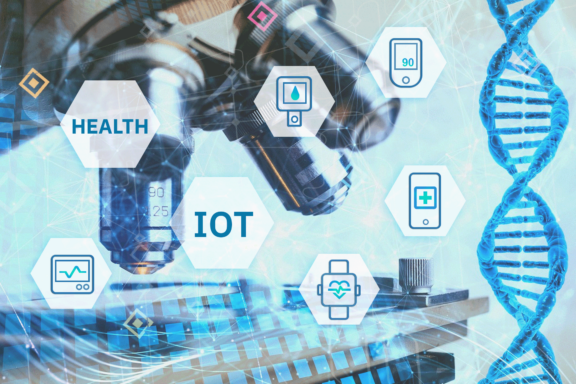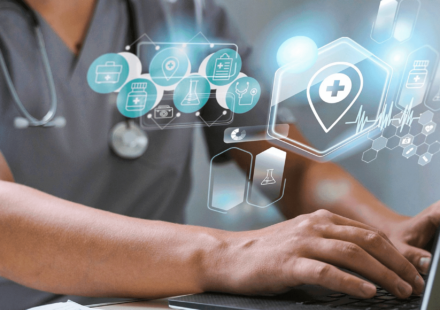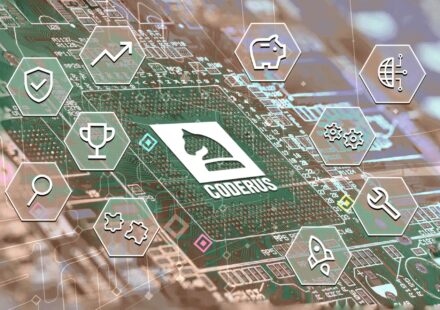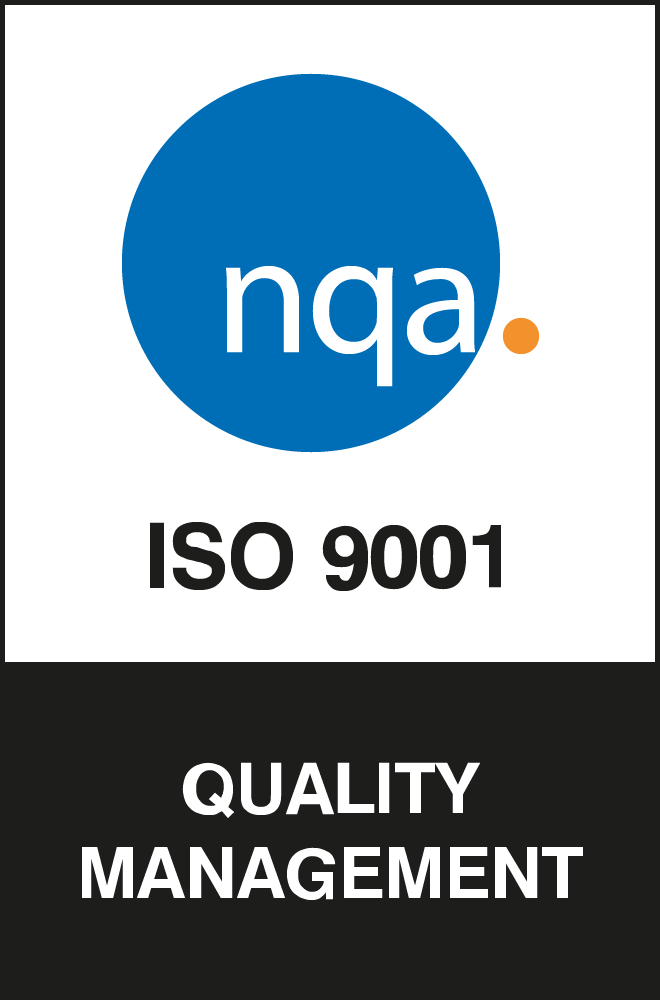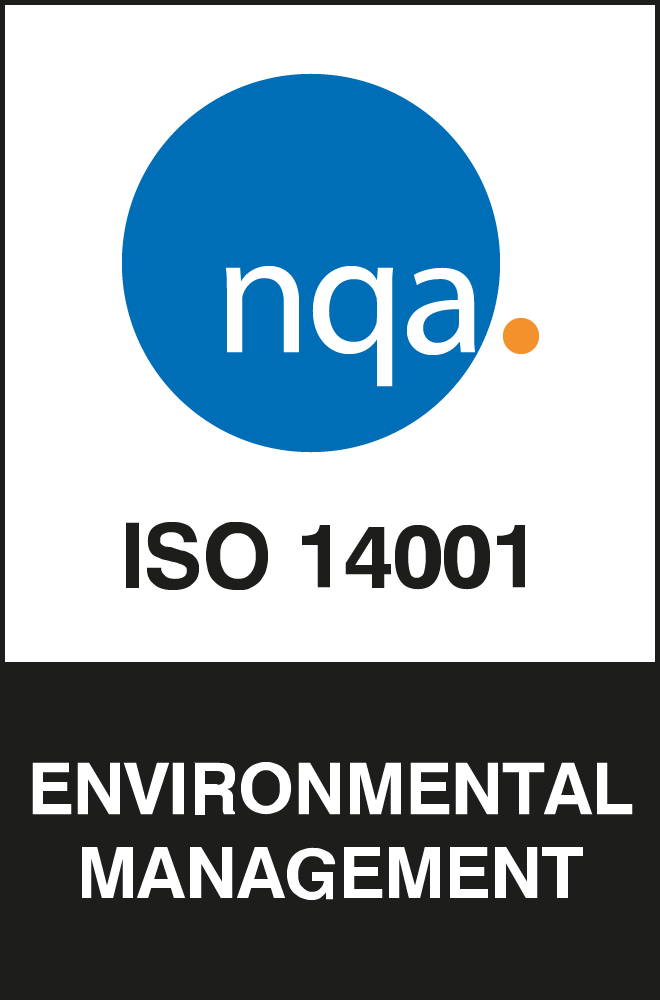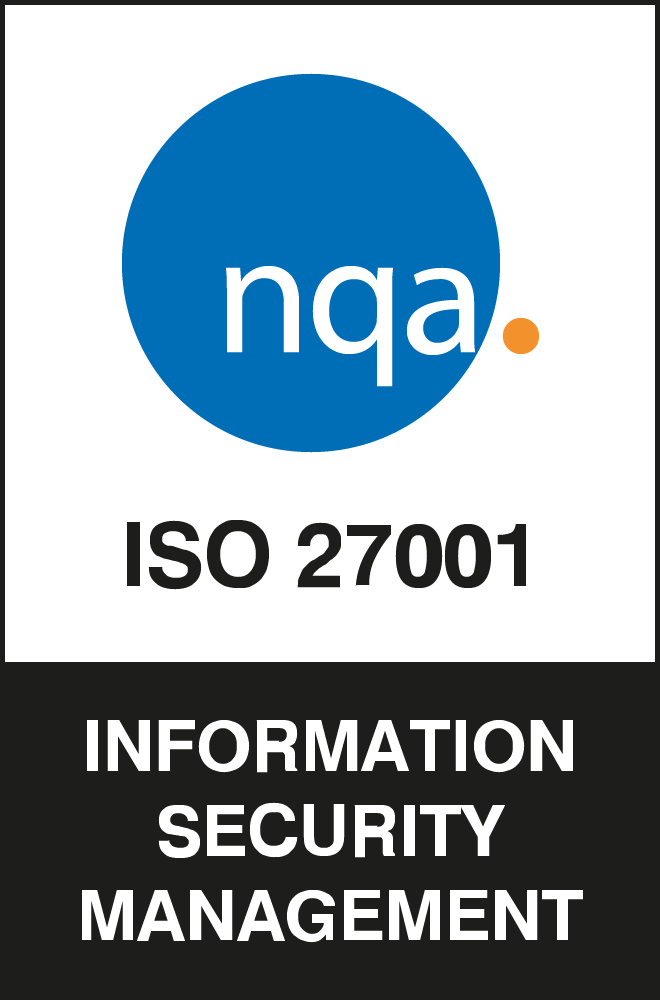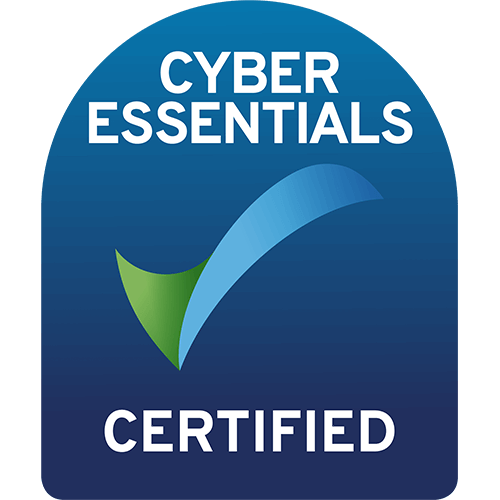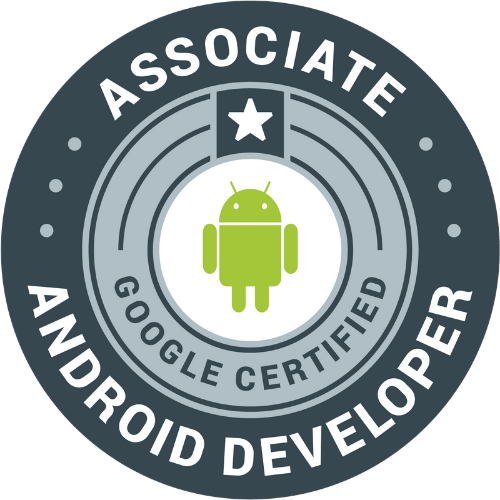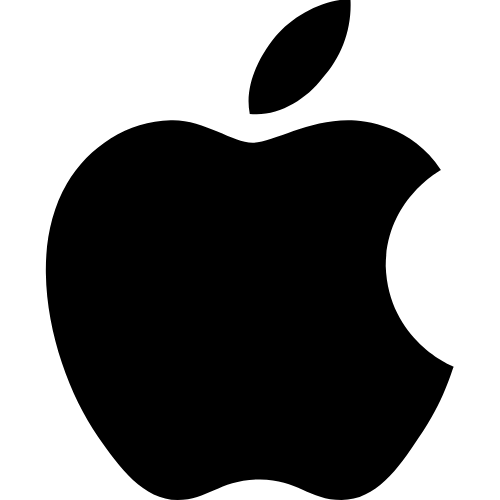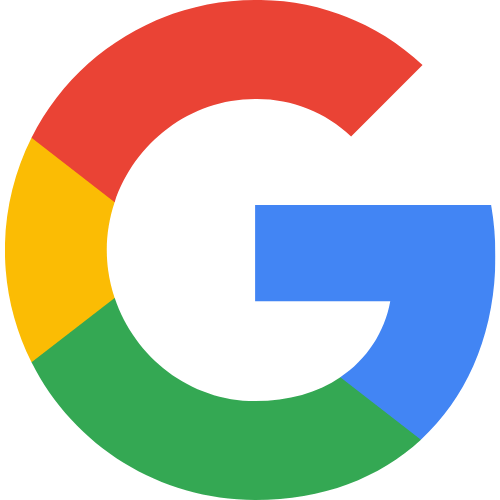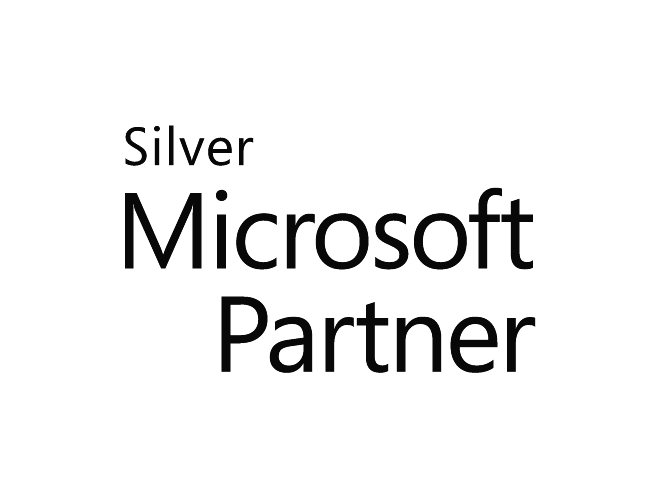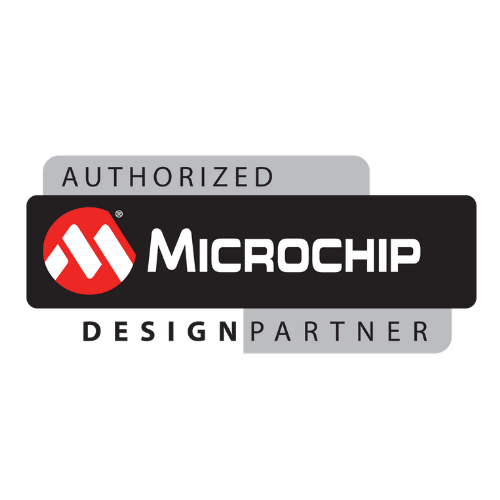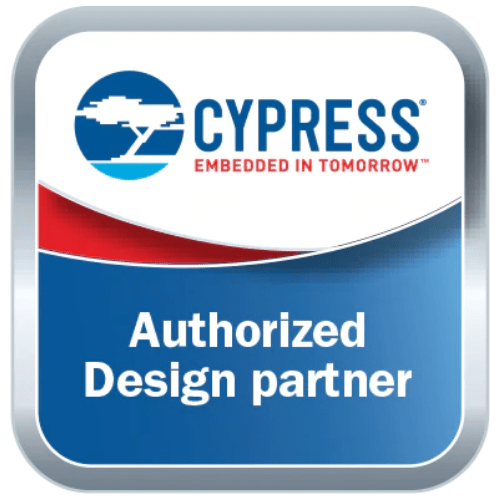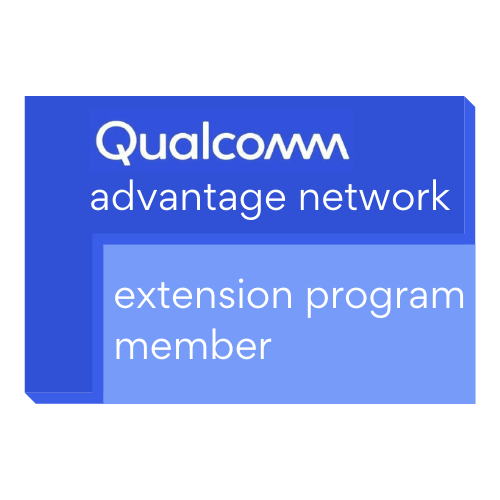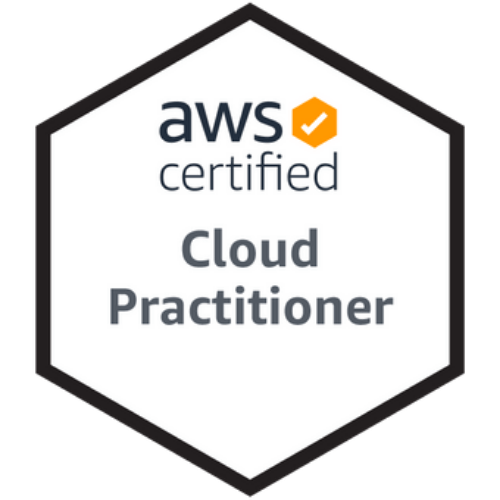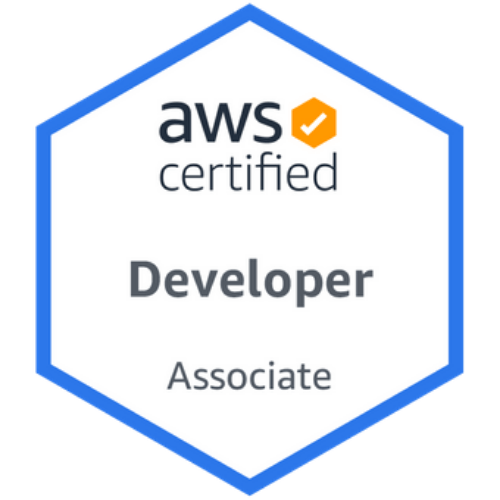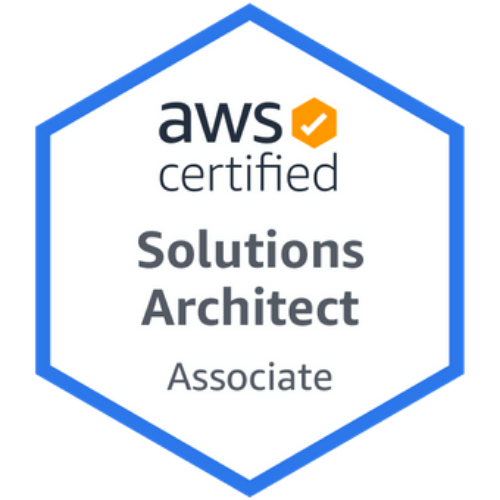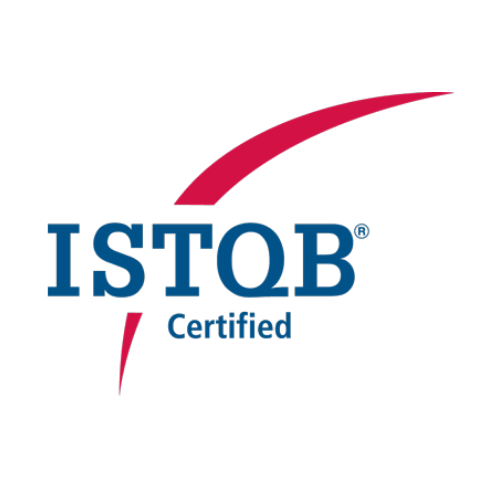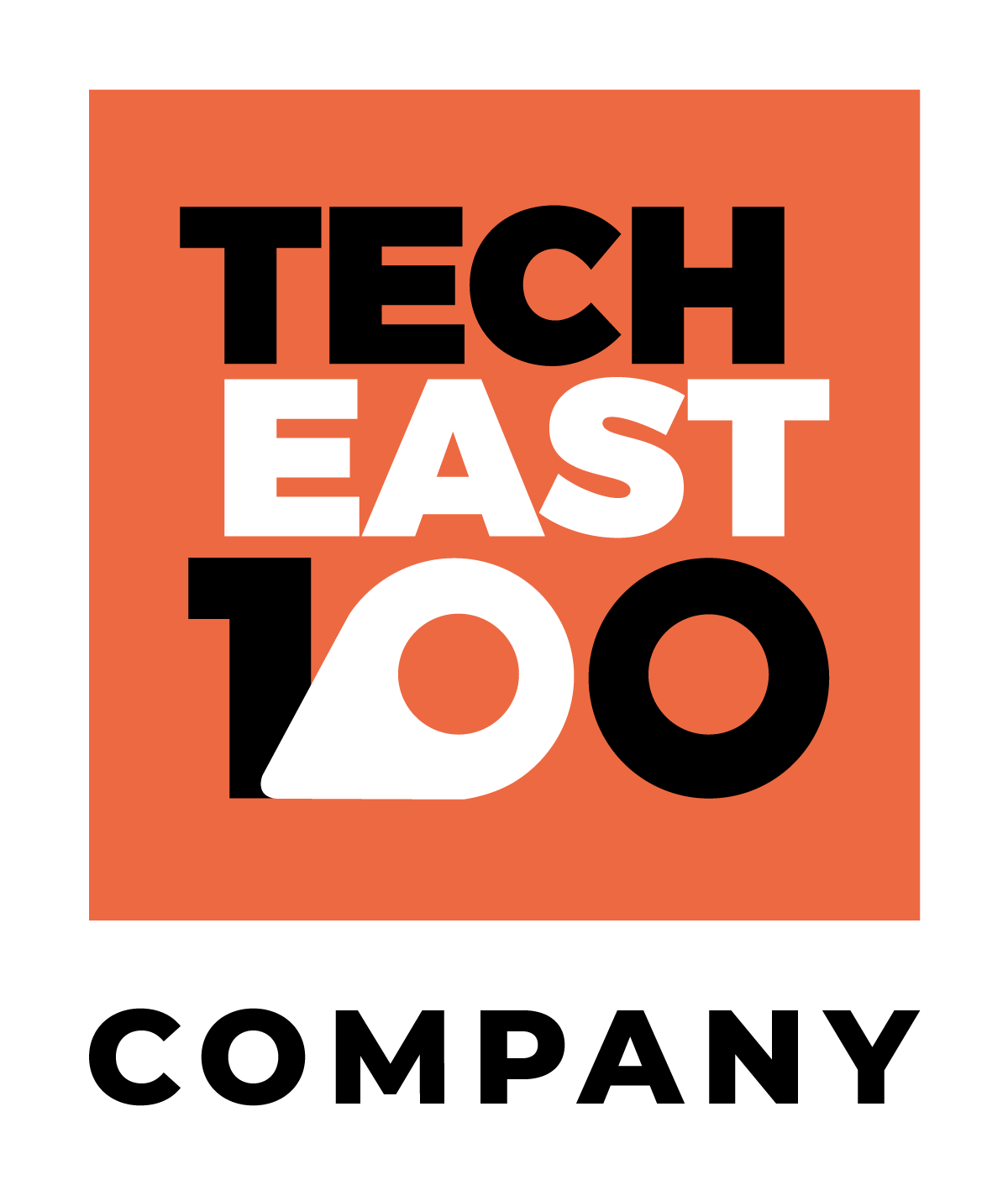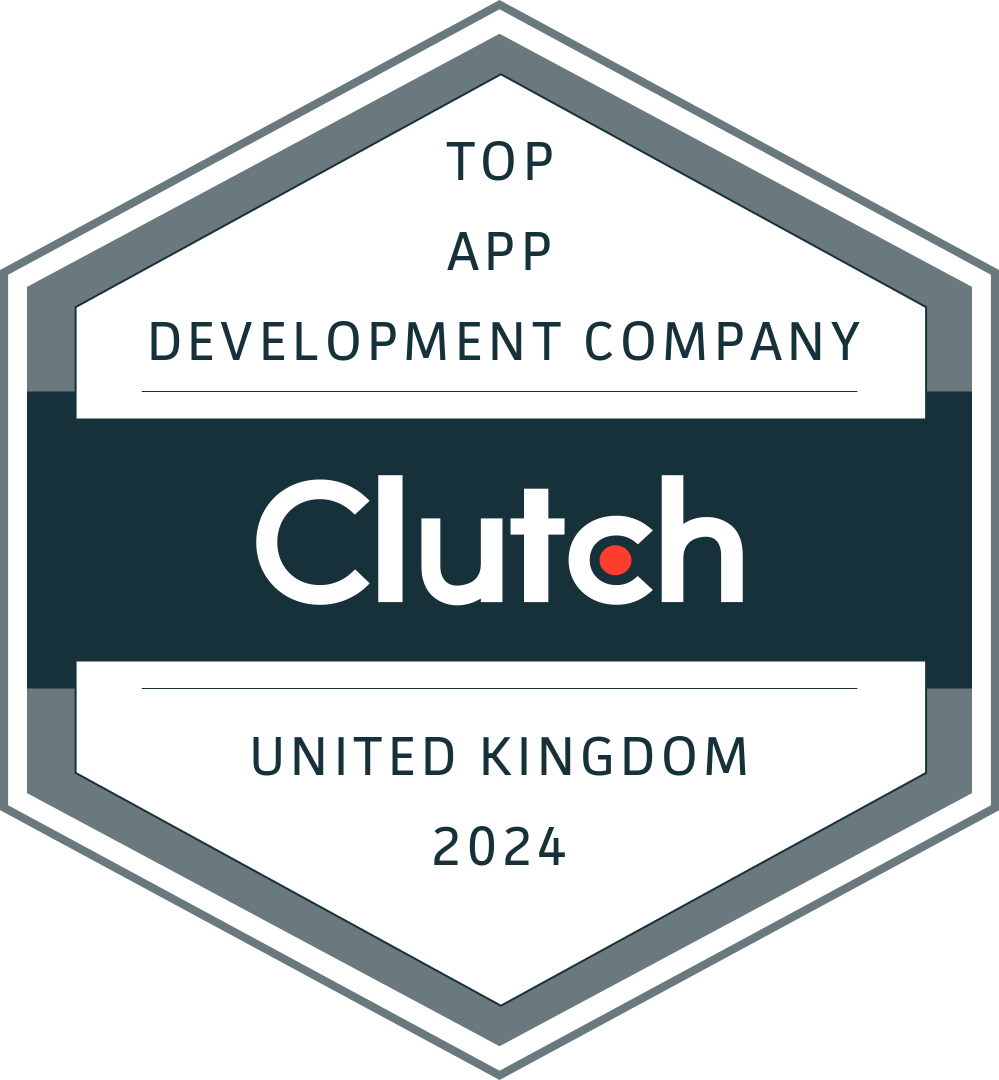The world of healthcare is undergoing a rapid transformation, and at the heart of this evolution lies the Internet of Things (IoT).
With the proliferation of smart devices and their interconnectedness, healthcare professionals now have a powerful arsenal of tools to enhance patient care, improve diagnostics, and revolutionise medical practices.
In this blog, we’ll explore fascinating examples of IoT devices in healthcare, showcasing the remarkable ways technology is reshaping the medical landscape.
We’ll be covering devices in these key categories:
- Part 1: Wearable Health Monitoring Devices
- Part 2: Remote Patient Monitoring Devices
- Part 3: Medication Management
- Part 4: Telemedicine Devices
- Part 5: Smart Hospital Infrastructure
- Part 6: Health and Wellness Apps
- Part 7: Patient Engagement Devices
- Part 8: Elderly Care Devices
- Part 9: Emergency Response Systems
- Part 10: IoT in Medical Imaging
- Part 11: Chronic Disease Management
- Part 12: Rehabilitation Devices
- Part 13: Surgical and Interventional IoT
- Part 14: Clinical Trials and Research
- Part 15: Health Data Analytics
Part 1: Wearable Health Monitoring Devices
In the realm of wearable health monitoring devices, the ability to track vital signs and health metrics has never been more accessible. These devices empower individuals to take charge of their well-being by providing real-time insights into their physical activity levels, heart health, sleep patterns, and more. From fitness trackers that encourage active lifestyles to medical wearables like continuous glucose monitors that aid in diabetes management, wearable health monitors are revolutionising how we monitor and understand our bodies.
Type A: Personal Health Trackers
Personal health trackers have emerged as essential companions in the journey towards better well-being. Ranging from fitness trackers that go beyond step counting to heart rate monitors providing insights into cardiovascular health; these devices empower users to take a proactive approach to their physical activity and heart health. Sleep trackers provide a window into sleep patterns, allowing individuals to optimise their rest for overall vitality. These wearables promote healthier lifestyles and foster a deeper understanding of one’s body.
Fitness Trackers
These nifty devices go beyond counting steps; they monitor physical activity levels, providing insights into overall health and encouraging an active lifestyle.
Heart Rate Monitors
With continuous heart rate monitoring, these devices help users track heart health and identify irregularities that might require medical attention.
Sleep Trackers
Sleep plays a crucial role in well-being. IoT-enabled sleep trackers analyse sleep patterns, offering data to help users optimise their sleep quality.
Type B: Medical Wearables
Medical wearables are redefining healthcare by merging technology with medical insights. Continuous glucose monitors (CGMs) are revolutionising diabetes management, offering real-time glucose readings that aid in the precise control of blood sugar levels. ECG monitors provide early detection of heart irregularities, ensuring timely intervention. Smartwatches equipped with fall detection and emergency alerts are particularly beneficial for seniors, enhancing safety and peace of mind. These wearables bridge the gap between medical care and everyday life, empowering users to monitor and manage their health conveniently.
Continuous Glucose Monitors (CGMs)
CGMs are a game-changer for diabetes management, providing real-time glucose readings to help users monitor and manage blood sugar levels effectively.
ECG Monitors
These devices detect heart irregularities by recording the heart’s electrical activity, enabling early intervention in case of anomalies.
Smartwatches with Fall Detection
Equipped with fall detection and emergency alerts, these watches are designed to assist seniors in case of accidents.
Type C: Vital Sign Monitors
Vital sign monitors are ushering in a new era of healthcare monitoring. Blood pressure cuffs, enhanced with IoT technology, enable remote blood pressure monitoring, allowing healthcare providers to make informed decisions based on real-time data. Pulse oximeters measure oxygen saturation levels, aiding in the early identification of respiratory issues. Body temperature trackers play a crucial role in identifying potential fever symptoms promptly. These monitors facilitate proactive healthcare management and early intervention by continuously collecting and transmitting vital health metrics.
Blood Pressure Cuffs
IoT-enabled blood pressure cuffs allow for remote blood pressure monitoring, enabling physicians to adjust treatment plans based on real-time data.
Pulse Oximeters
These devices measure oxygen saturation levels, aiding in the early detection of respiratory issues like asthma or sleep apnea.
Body Temperature Trackers
Especially relevant in the context of recent global events, body temperature trackers can alert users to potential fever symptoms.
Part 2: Remote Patient Monitoring Devices
The boundaries of patient care extend beyond clinic walls, thanks to remote patient monitoring devices. These technologies facilitate continuous monitoring of patients’ vital signs and medical conditions, enhancing post-surgery recovery, managing chronic diseases, and minimising the need for frequent in-person appointments. Implantable devices transmit real-time data, enabling timely interventions, while smart inhalers empower asthma and COPD patients to manage their conditions with precision.
Remote Patient Monitoring Systems
Ideal for post-surgery recovery or chronic disease management, these systems allow healthcare providers to remotely monitor patients’ vital signs and progress.
Implantable IoT Devices
Implantable devices transmit real-time data about medical conditions, facilitating timely intervention and reducing the need for frequent physical check-ups.
Smart Inhalers
These inhalers track medication usage for asthma and COPD patients and provide insights into adherence patterns.
Part 3: Medication Management
Medication management is undergoing a transformative shift with the integration of IoT devices. Smart pill dispensers and IoT-enabled prescription bottles assist medication adherence, reducing the risk of missed doses. Mobile apps further enhance this process by tracking medication schedules and interactions, ensuring patients stay on track with their treatment plans.
Smart Pill Dispensers
With built-in reminders, these dispensers help patients adhere to their medication schedules, improving treatment outcomes.
IoT-Enabled Prescription Bottles
These bottles track medication usage, providing patients with alerts and reminders to take their prescribed medications on time.
Medication Tracking Apps
Mobile apps assist patients in managing their medication schedules and interactions, reducing the risk of adverse effects.
Part 4: Telemedicine Devices
Telemedicine devices are breaking down geographical barriers in healthcare delivery. Video conferencing tools enable remote doctor-patient consultations, improving access to medical expertise for those in remote areas. Remote diagnostic devices empower physicians to perform virtual examinations, facilitating accurate diagnoses from a distance. Additionally, telemedicine carts equipped with medical instruments and cameras allow doctors to conduct procedures remotely, enhancing healthcare accessibility and efficiency.
Video Conferencing Tools
Telemedicine platforms enable remote doctor-patient consultations, improving access to medical care, especially in underserved areas.
Remote Diagnostic Devices
Physicians can conduct virtual examinations using connected diagnostic tools, aiding in accurate diagnoses from a distance.
Telemedicine Carts
Equipped with medical instruments and cameras, these carts enable doctors to perform procedures remotely with precision.
Part 5: Smart Hospital Infrastructure
The infrastructure of healthcare facilities is becoming smarter with IoT integration. Smart beds equipped with pressure sensors prevent bedsores and enhance patient comfort. IoT-enabled medical equipment, ranging from infusion pumps to monitors, are connected for real-time monitoring and maintenance. Hospital asset tracking systems help locate essential medical tools efficiently, streamlining hospital operations.
Smart Beds
These beds incorporate pressure sensors to prevent the formation of bedsores, enhancing patient comfort and care.
IoT-Enabled Medical Equipment
Medical devices such as infusion pumps, ventilators, and monitors are connected to a network, allowing real-time monitoring and maintenance.
Hospital Asset Tracking Systems
Tracking devices ensure medical equipment is easily located, reducing time wasted searching for vital tools.
Part 6: Health and Wellness Apps
Health and wellness apps are transforming smartphones into valuable health companions. Nutrition trackers help users monitor their dietary habits, while mental health apps provide stress and anxiety management resources. Meditation and mindfulness apps offer a digital pathway to relaxation and mental clarity, contributing to holistic well-being.
Nutrition Trackers
These apps help users monitor their dietary habits, promoting healthier eating and overall well-being.
Mental Health Apps
In the pursuit of holistic health, mental well-being is essential. These apps provide resources for managing stress and anxiety.
Meditation and Mindfulness Apps
IoT-powered meditation apps guide users through relaxation exercises, promoting mental clarity and relaxation.
Part 7: Patient Engagement Devices
Patient engagement is elevated through interactive health kiosks that offer educational resources and insights. Wearable devices gamify fitness challenges, making physical activity fun and rewarding. IoT-powered pedometers sync with smartphones, encouraging users to achieve their fitness goals while staying connected to their health data.
Interactive Health Kiosks
These kiosks provide patients with valuable health information and resources, empowering them to take control of their well-being.
Wearable Devices for Gamified Fitness
Wearables with built-in games encourage physical activity through challenges and rewards, making exercise more enjoyable.
IoT-Powered Pedometers
Pedometers that sync with smartphones track steps and activity levels, motivating users to achieve fitness goals.
Part 8: Elderly Care Devices
Elderly care is benefiting from IoT solutions that prioritise safety and well-being. IoT-enabled walking aids enhance fall prevention for seniors. Smart home systems equipped with motion sensors provide an additional layer of security for older individuals living independently. Remote monitoring solutions offer families peace of mind by watching elderly loved ones and promptly notifying caregivers of emergencies.
IoT-Enabled Walking Aids
Fall prevention is crucial for the elderly. Walking aids equipped with IoT technology help reduce the risk of accidents.
Smart Home Systems for Seniors
Homes equipped with motion sensors and alerts enhance the safety of seniors living independently.
Remote Monitoring Solutions
These systems provide peace of mind for families by monitoring elderly loved ones and sending alerts in case of emergencies.
Part 9: Emergency Response Systems
IoT-driven emergency response systems are offering swift assistance when it matters most. Wearable panic buttons provide an immediate way for users to call for help in critical situations.
IoT-connected medical alert systems continuously monitor health and detect sudden changes, sending alerts to caregivers or medical professionals.
Fall detection devices equipped with automatic emergency alerts contribute to the safety of seniors and individuals at risk of falls.
Wearable Panic Buttons
Wearable panic buttons offer an instant way for users to call for help in emergencies.
IoT-Connected Medical Alert Systems
These systems provide continuous monitoring and can detect sudden changes in health, alerting caregivers or medical professionals.
Fall Detection Devices
Equipped with automatic emergency alerts, these devices are vital for the timely response to falls, which are common among seniors.
Part 10: IoT in Medical Imaging
The world of medical imaging is being transformed by IoT integration. Remote imaging devices enable real-time diagnostics, allowing for prompt medical decisions even from afar.
IoT-enabled ultrasound probes facilitate telemedicine consultations and guided procedures. Smart endoscopy systems with high-resolution imaging capabilities enhance precision in minimally invasive procedures.
Remote Imaging Devices
Connected imaging tools enable real-time diagnostic imaging from remote locations, facilitating prompt medical decisions.
IoT-Enabled Ultrasound Probes
Ultrasound probes with IoT capabilities allow for remote consultations and guided procedures.
Smart Endoscopy Systems
These systems provide high-resolution imaging for minimally invasive procedures, enhancing precision and patient outcomes.
Part 11: Chronic Disease Management
IoT is playing a pivotal role in managing chronic diseases effectively. IoT-enabled asthma inhalers track usage patterns for improved management. Remote monitoring devices provide healthcare professionals insights into congestive heart failure patients’ conditions, enabling timely interventions. Connected insulin pens streamline diabetes management by transmitting usage data for analysis.
IoT-Enabled Asthma Inhalers
These inhalers track usage patterns, helping patients manage their condition effectively.
Remote Monitoring for Heart Failure
IoT devices help monitor patients with congestive heart failure, enabling timely interventions to prevent exacerbations.
Connected Insulin Pens
Diabetes management is made more convenient with insulin pens that transmit usage data to smartphones or cloud platforms.
Part 12: Rehabilitation Devices
Rehabilitation is taking a technological leap with IoT-powered devices. Prosthetics equipped with IoT technology offer enhanced functionality and real-time feedback for users, improving their quality of life. Smart braces provide real-time monitoring during recovery, enabling healthcare professionals to track progress remotely. Virtual reality rehabilitation tools engage patients in interactive exercises, accelerating their recovery journey.
IoT-Powered Prosthetics
Prosthetics equipped with IoT technology provide enhanced functionality and real-time feedback for users.
Smart Braces
These devices offer real-time monitoring during recovery, enabling healthcare professionals to track progress remotely.
Virtual Reality Rehab Tools
Virtual reality systems aid in physical therapy by engaging patients in interactive exercises, accelerating recovery.
Part 13: Surgical and Interventional IoT
The realm of surgery and interventions is witnessing remarkable advancements through IoT integration. IoT-equipped robotic surgery systems offer surgeons enhanced precision and control during complex procedures. Real-time tracking devices aid catheter-based interventions by providing accurate imaging. Smart sutures monitor wound healing progress, reducing the need for frequent follow-up appointments.
IoT-Equipped Robotic Surgery Systems
These systems enable surgeons to perform complex procedures with enhanced precision and control.
Real-Time Tracking Devices for Catheter-Based Procedures
Catheter-based IoT devices provide real-time imaging, enhancing the accuracy of interventions.
Smart Sutures
These sutures monitor wound healing progress, reducing the need for frequent follow-up appointments.
Part 14: Clinical Trials and Research
IoT devices are shaping the landscape of clinical trials and research. Connected devices facilitate remote data collection, improving the efficiency and accuracy of clinical studies.
Wearable sensors worn by trial participants provide real-time health data, enriching the quality of collected information. The integration of IoT technology offers researchers valuable insights into treatment effectiveness and patient responses.
IoT Devices for Clinical Trials
Connected devices facilitate remote data collection in clinical trials, improving the efficiency of research studies.
Wearable Sensors for Trial Participants
IoT wearables gather real-time health data from trial participants, enhancing the quality of collected data.
Connected Devices for Patient Insights
IoT devices offer valuable real-world insights about patients, aiding researchers in understanding treatment effectiveness.
Part 15: Health Data Analytics
Health data analytics is benefiting from IoT-enabled data collection. Data collected from IoT devices contributes to population health analysis, enabling proactive healthcare interventions. The synergy between IoT and artificial intelligence fosters predictive healthcare analytics, leading to improved health outcomes and effective resource allocation. The future of healthcare relies on the continuous evolution and integration of IoT technology to enhance patient care and revolutionise medical practices.
IoT-Enabled Data Collection for Population Health Analysis
Data collected from IoT devices contribute to population health studies, enabling proactive healthcare interventions.
AI-Driven Predictive Healthcare Analytics
When combined with artificial intelligence, IoT data enables predictive analytics, leading to better health outcomes and resource allocation.
Are you ready to create your next IoT device?
The examples highlighted in this blog illustrate the tremendous potential of IoT devices in transforming the healthcare landscape. IoT has enabled unprecedented connectivity, from wearable health trackers to advanced surgical tools, leading to more personalised, efficient, and effective healthcare solutions.
As technology continues to evolve, healthcare professionals and patients alike must stay informed about these advancements, ensuring that they can make the most of the benefits IoT brings to the world of healthcare.
Get in touch with Coderus today to discuss the development of your new innovative IoT device.
